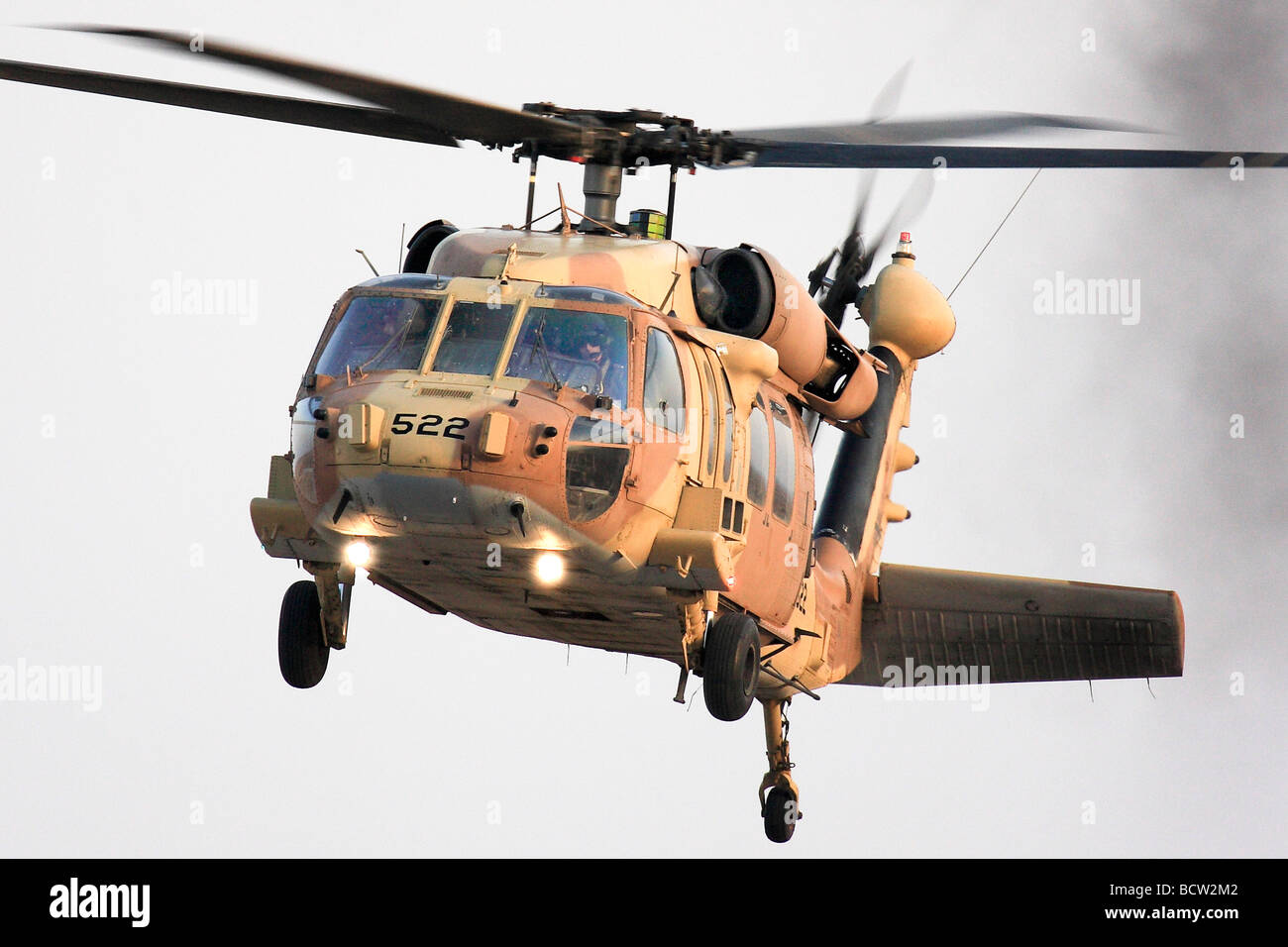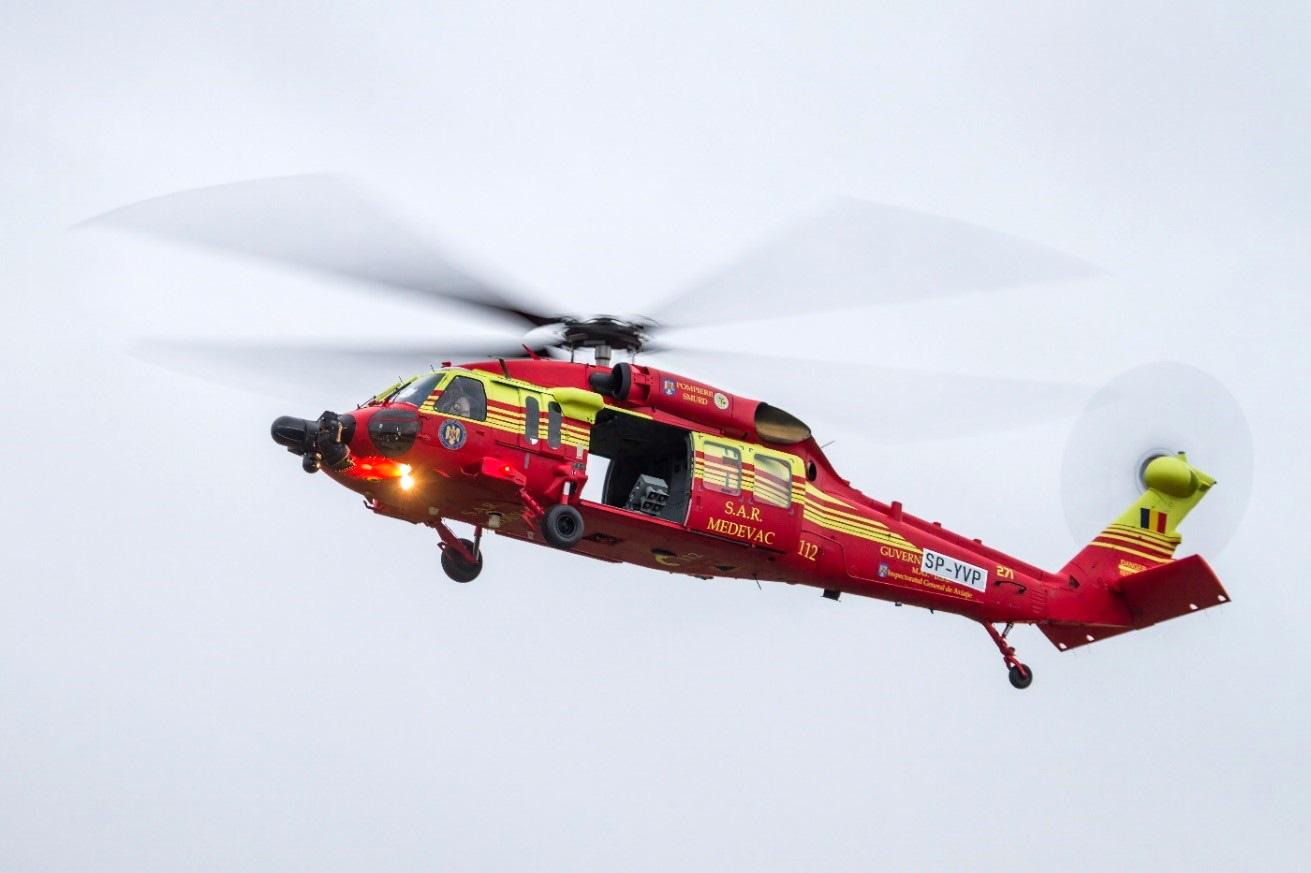Why the Sikorsky S 70 is the Preferred Choice for Modern Helicopter Missions
Why the Sikorsky S 70 is the Preferred Choice for Modern Helicopter Missions
Blog Article
High-Performance Multi-Role Rotorcraft Featuring Advanced Cockpit Technologies and Integrated Sensor Solutions
The world of rotorcraft modern technology has seen notable innovations in recent times, specifically in the world of high-performance multi-role rotorcraft geared up with sophisticated cockpit technologies and flawlessly integrated sensing unit systems. In the following conversation, we will certainly explore the development of rotorcraft technology, delve right into the world of advanced cockpit developments, and examine the ramifications of incorporated sensor systems on the functional adaptability and performance of modern rotorcraft.
Development of Rotorcraft Innovation
The advancement of rotorcraft technology has actually been marked by considerable advancements in aerodynamics, materials, and propulsion systems, shaping the capacities and performance of contemporary rotorcraft. Wind resistant improvements have actually enhanced the efficiency and ability to move of rotorcraft, enabling boosted speed, dexterity, and security during flight (sikorsky s 70). Developments in products, such as making use of composite materials and progressed alloys, have actually led to lighter yet stronger rotorcraft structures, boosting total efficiency and resilience. In addition, advancements in propulsion systems, including much more powerful engines and cutting-edge propulsion modern technologies, have actually enabled rotorcraft to achieve higher altitudes, faster speeds, and greater payloads.
These innovations have not just transformed the abilities of rotorcraft but have actually likewise increased their applications throughout different industries, including army, industrial, and emergency situation services. The continuous advancement of rotorcraft modern technology remains to drive technology in the field, pushing the boundaries of what is possible and forming the future of upright flight.
Advanced Cabin Innovations
Structure upon the foundational developments in aerodynamics, products, and propulsion systems, the world of rotorcraft technology currently moves emphasis in the direction of pioneering Advanced Cabin Innovations. The combination of innovative technologies within the cabin atmosphere plays a vital function in enhancing the operational capacities, safety and security, and performance of modern rotorcraft. sikorsky s 70. Advanced Cabin Innovations incorporate a wide selection of functions made to supply pilots with enhanced situational recognition, streamlined data monitoring, and user-friendly control user interfaces
One of the crucial advancements in cabin design is the application of glass cabins, which replace typical analog gauges with high-resolution displays. These electronic systems supply adjustable layouts, real-time data combination, and enhanced readability, making it possible for pilots to gain access to critical info at a glance. Progressed avionics systems, such as fly-by-wire controls and enhanced truth screens, are reinventing how pilots engage with the airplane, permitting for specific control and improved decision-making capacities.


Integrating sophisticated cockpit developments not just improves pilot performance but additionally contributes to overall objective efficiency and safety in intricate functional atmospheres. By leveraging advanced technologies within the cabin, rotorcraft suppliers are establishing new criteria for functional quality and objective success.
Integrated Sensing Unit Solutions
With the advancement of rotorcraft modern technology, the integration of advanced Integrated Sensing unit Equipment has actually ended up being extremely important in improving operational effectiveness and safety and security. These Integrated Sensor Solutions encompass a vast variety of technologies that supply critical data for numerous functions such as navigation, surveillance, targeting, and ecological monitoring. By flawlessly integrating sensors like radars, electronic cameras, lidar, and infrared systems into rotorcraft, operators can gain from boosted situational understanding, boosted mission capabilities, and lowered pilot work.
One secret benefit of Integrated Sensing unit Solutions is their capability to collect real-time data and give actionable understandings to pilots and mission operators. Progressed radar systems can detect and track targets over long distances, enabling for early hazard discovery and reliable feedback planning. Furthermore, incorporating infrared and electro-optical cameras enables rotorcraft to carry out reconnaissance and security objectives with precision and accuracy.
Basically, the combination of advanced sensing unit technologies into rotorcraft not just boosts operational performance but also contributes substantially to general objective success and team safety. As rotorcraft remain to advance, the role of Integrated Sensing unit Systems will definitely remain that site at the leading edge of innovation in the aerospace industry.
Functional Convenience and Effectiveness
Enhancing functional adaptability and efficiency in rotorcraft is a natural development from the integration of innovative Integrated Sensing unit Solutions. By leveraging the data and insights supplied by these advanced sensor systems, rotorcraft can optimize their efficiency across various missions and environments.
Functional flexibility encompasses the ability of rotorcraft to adjust to various roles and circumstances effectively. With sophisticated cockpit modern technologies and incorporated sensor systems, rotorcraft can perfectly change in between tasks such as search and rescue, clinical discharge, monitoring, and much more. This convenience improves the rotorcraft's capability to meet varied functional requirements without requiring considerable reconfiguration.
Efficiency in rotorcraft operations is critical for optimizing mission performance click this site and resource application. Integrated sensing unit systems play a pivotal function in boosting operational performance by offering real-time information on weather, surface mapping, target tracking, and a lot more. This data allows pilots to make enlightened decisions promptly, maximize flight paths, conserve fuel, and improve total goal performance.
Effect On Modern Aviation Operations

Moreover, the integration of innovative sensors assists in enhanced goal planning and implementation, making it possible for rotorcraft to execute a large range of jobs with enhanced precision. From search and rescue procedures to aerial firefighting and legislation enforcement missions, the abilities of modern rotorcraft furnished with advanced cockpit modern technologies and incorporated sensor systems are unrivaled.
In addition, the impact of these improvements prolongs beyond operational effectiveness to cost-effectiveness and sustainability. By optimizing trip paths, gas consumption, and maintenance routines, high-performance rotorcraft furnished with advanced cockpit innovations and sensing units add to reducing operational expenses and ecological influence, making them crucial possessions in modern-day aeronautics operations.
Conclusion
In conclusion, the high-performance multi-role rotorcraft with sophisticated cabin modern technologies and incorporated sensing unit systems represents a significant development in air travel innovation. These innovations enhance functional versatility and effectiveness, eventually influencing modern-day aviation operations in a positive way. The combination of these sophisticated modern technologies permits boosted capabilities and efficiency in numerous objective circumstances, showcasing the proceeded innovation of rotorcraft modern technology in the aeronautics market.
The world of rotorcraft innovation has seen noteworthy improvements in recent times, particularly in the world of high-performance multi-role rotorcraft outfitted with sophisticated cockpit innovations and perfectly integrated sensing unit systems. From boosted mission flexibility to improved functional effectiveness, the convergence of sophisticated cockpit modern technologies and incorporated sensing unit systems has ushered in a new era of opportunities for rotorcraft applications. In the complying with conversation, we will certainly discover the development of rotorcraft technology, dive into the realm of innovative cockpit developments, and examine the ramifications of integrated sensing unit systems on the operational versatility and effectiveness of contemporary rotorcraft.

Report this page